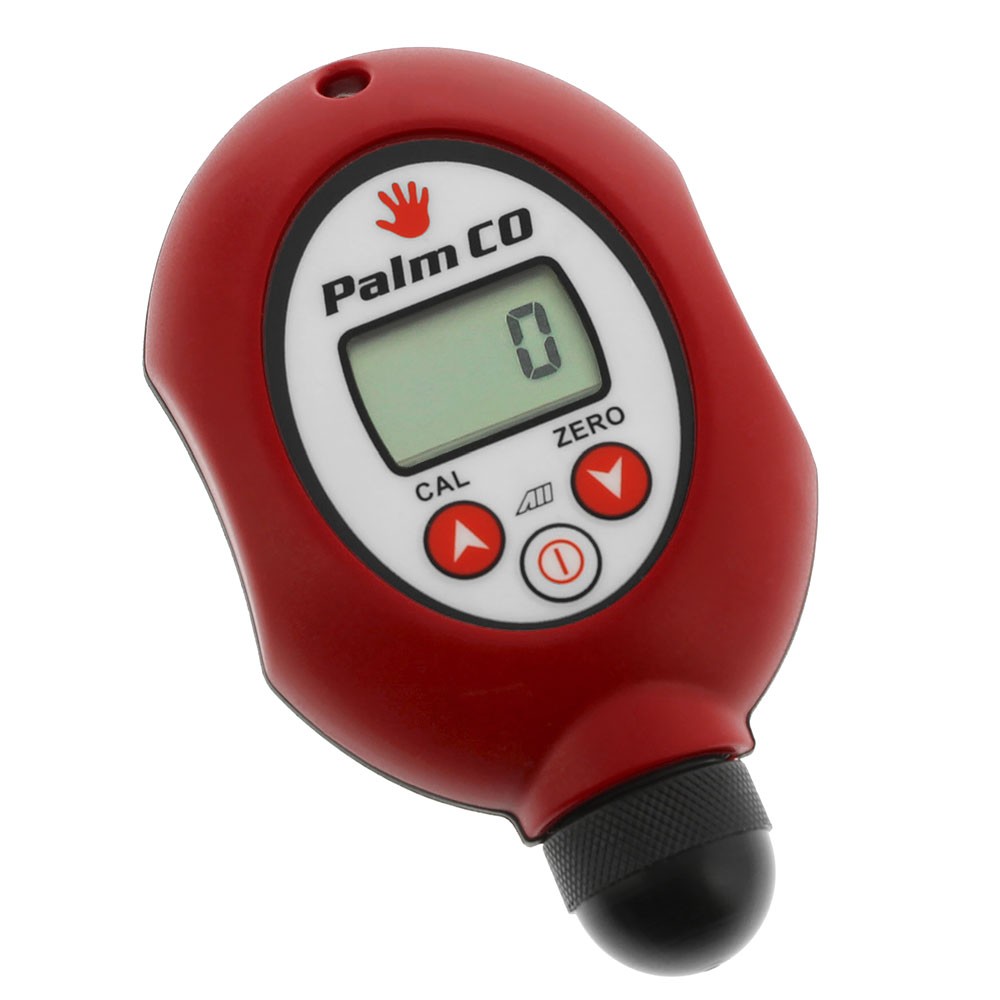They are all good, if they have working sensors and are calibrated. They are all bad, otherwise.Do you have any recommendations for a good analyzer?
When you pay more you get more robustness and bells/whistles.
Welcome to ScubaBoard, the world's largest scuba diving community. Registration is not required to read the forums, but we encourage you to join. Joining has its benefits and enables you to participate in the discussions.
Benefits of registering include
They are all good, if they have working sensors and are calibrated. They are all bad, otherwise.Do you have any recommendations for a good analyzer?
Thank youDivesoft is pretty much the gold standard analyzer. You can get them in a few varieties, Tri-Mix or just O2. There are others and some of them are cheaper and some are not as cheap. But, Divesoft has a great name in the analyzer field.
Functionally they're all the same since they are just a digital conversion of an analog signal from the same types of galvanic sensors. I like the Palm O2 personally and tend to use that one the most. I do own a Divesoft and my PalmO2 has a bc inflator QD on it which is convenient.Do you have any recommendations for a good analyzer?
This is not a normal failure mode for an O2 sensor
It is called "current limited". That is it won't read the higher concentrations.What are normal failure modes for o2 sensors out of curiosity?
You can get an analyzer for everything, but only some things are affordable. Yes, you can get an analyzer for CO.OK.... Probably a super dumb question but here goes.
An O2 analyzer is great for it's intended purpose of confirming O2 percentage...... but do they make an analyzer that will confirm any substantial or consequential existence of Carbon Monoxide or other "non- nitrogen" or non-O2 gas?
I understand that in "air" there will almost always be some very minimal (less than 1%) and harmless "trace" gases like Helium, Argon, Cow Farts, etc........ but is there an analyzer that will confirm that your gas doesn't contain any poison like CO?



Friendly reminder after an exciting analysis today for everyone to check their gas.
I have a large quantity of AL80's for bailout, deco, stage, etc. I'm heading down to Ft. Lauderdale to dive with @LandonL @jlouder and my mother for the weekend and just grabbed the first stage bottle out of the rack which is pretty normal when I'm diving single tanks since I don't use DIR style rigging with the handle. Bottle has a MOD120 sticker on it but no analysis sticker so I'm thinking it's full of EAN32, like one would. It feels a touch light so I hook it up to the fill station and it's got 2400psi in it so I figure I'll top it off. Hand J the analyzer as it's coming off the whip and she looks a bit bug-eyed and says "uhhh it says 77..... you check it*. I checked it, 77. This is not a normal failure mode for an O2 sensor, and it shouldn't have been that high. I knew the bank wasn't full of O2 because the other two bottles came off normal so I grab my analyzer from the truck and lo and behold, 77%. I wouldn't have knowingly put O2 in a bottle with a MOD120 sticker on there, but my bottles get borrowed by people pretty regularly and who knows when this was last dove. Stuff happens, but ALWAYS analyze your tanks because sometimes it can save your life.
OK.... Probably a super dumb question but here goes.
An O2 analyzer is great for it's intended purpose of confirming O2 percentage...... but do they make an analyzer that will confirm any substantial or consequential existence of Carbon Monoxide or other "non- nitrogen" or non-O2 gas?
I understand that in "air" there will almost always be some very minimal (less than 1%) and harmless "trace" gases like Helium, Argon, Cow Farts, etc........ but is there an analyzer that will confirm that your gas doesn't contain any poison like CO?
there are very few dumb questions, and even fewer super dumb questions. Unless you are a CCR diver AND were taught by a truly qualified instructor *of which there are even fewer than there are super dumb questions* and/or have done your homework on Scubaboard thanks to guys like @Bobby it is highly unlikely you were taught anything about the failure modes of galvanic oxygen sensors.What are normal failure modes for o2 sensors out of curiosity?
